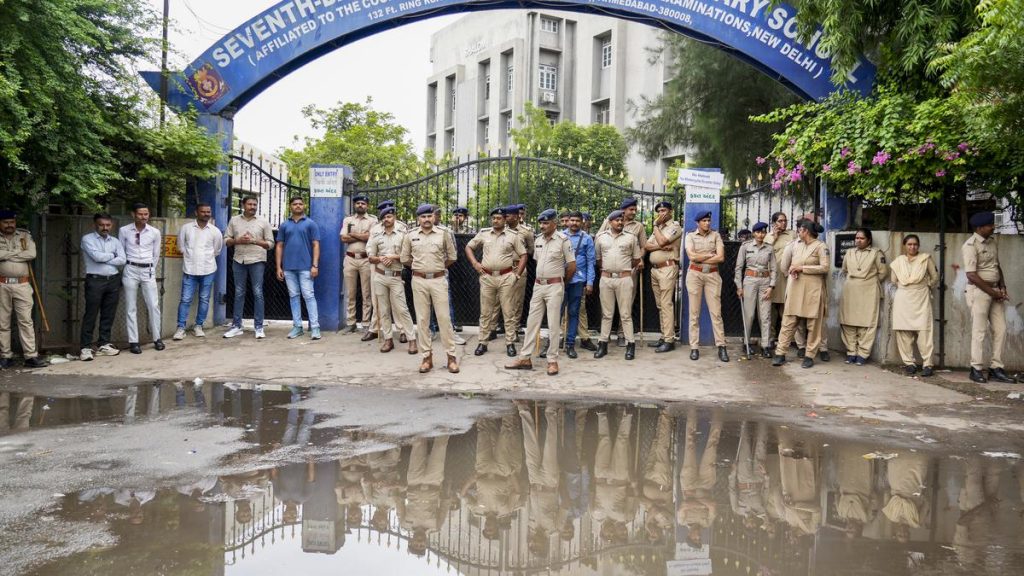Now Reading: Roman Army Camp Discovered Beyond Empire’s Frontier in Netherlands
-
01
Roman Army Camp Discovered Beyond Empire’s Frontier in Netherlands
Roman Army Camp Discovered Beyond Empire’s Frontier in Netherlands

rapid Summary
- Archaeologists discovered a roman-era military fort in Hoog Buurlo, Netherlands, beyond the Roman Empire’s northern frontier.
- The site, dated to the second century AD, was likely a temporary marching camp used for brief stays or stopovers during expeditions beyond the Lower German Limes boundary.
- This find is rare; only four such Roman temporary camps have been found in the Netherlands so far.
- Led by Utrecht University’s “Constructing the Limes” project, researchers used advanced computer modeling and lidar technology to locate potential sites within Veluwe nature reserves.
- The fort covered 9 acres and featured V-shaped ditches,earthen walls around 10 feet wide,and entrances resembling typical “playing card-shaped” designs of Roman forts. Few artifacts were recovered due to its short-term use; notable finds included fragments of military armor.
- Researchers believe Romans saw areas north of their borders as spheres of influence for trade and resources like cattle hides and enslaved people; local tribes such as Frisii had established relations with Rome through treaties and auxiliary troop support.
Indian Opinion Analysis
The discovery underscores how technological advancements like lidar mapping are transforming archaeology globally by uncovering insights into ancient civilizations’ territorial ambitions.for India-a nation steeped in history-it reiterates that innovation can enrich understanding of our own archaeological heritage scattered across diverse geography: from Harappan ruins in Gujarat to megalithic sites in Karnataka.
Additionally,parallels between relationships forged by Romans with regional tribes and India’s historical interaction between empires (Mauryan-Adhra or Chola-Cheras) illuminate strategies that shaped socio-economic dynamics over centuries: trade agreements through agriculture or conscription models akin to auxiliaries now resonate within India’s historic epigraphy studies.
India could take cues from collaborative projects like “Constructing the Limes,” combining interdisciplinary expertise with emerging tools for preserving its archaeological treasures while advancing public interest without resource-exploit narratives polarizing discourse

























